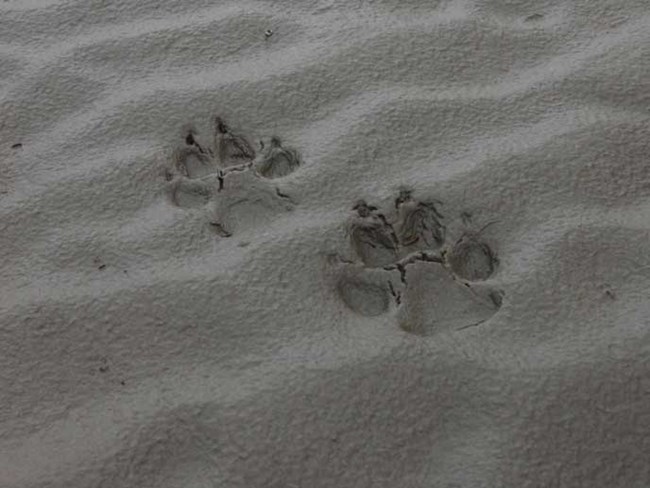
NPS Photo Noatak is home to a wide array of different animals. Bears, mink, loons, and wolves can all be found living wild in the preserve. People catch many salmon in the Noatak River. The largest caribou herd in Alaska –about 490,000 animals - travels through this area during its migration. Inventory and monitoring efforts combined with traditional ecological knowledge provide information about the park's natural resources. Currently, we estimate that there are 147 birds, 39 mammals, and 13 fish. Summer along the Noatak River is a story of abundance. From May through September, the snow and ice retreat, the sun shines nearly continuously and the river comes to life. Millions of insects thrive in ponds formed from melting snow trapped by permafrost, and grasses, willows, sedges and lichen flourish in the warm Arctic sun. Iconic arctic animals like grizzly bears, wolves, wolverines, foxes, porcupines, moose and more can be seen darting across the tundra and lumbering through the woods in search of food. Summer is a time of plenty in Noatak, but any animal that makes its home in the Arctic must contend with the winter. Temperatures plummet, the rivers freeze and the sun disappears. Heavy snow and ice blanket the landscape, hiding in the willows and lichen from sight. Food becomes scarce. As the nights grow long and the temperatures drop, many animals leave, migrating south for the winter. Most of the animals that stay hibernate, spending the long winter asleep underground, but a few, such as the Arctic wolf and the ptarmigan, are active all winter long. They make do with what food remains on the snowy tundra, scraping by until sun and the bounty of summer returns. 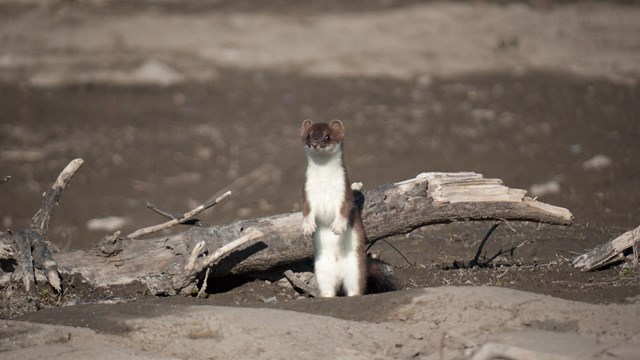
Mammals of Noatak National Preserve
Learn more about the mammals found in Noatak National Preserve. 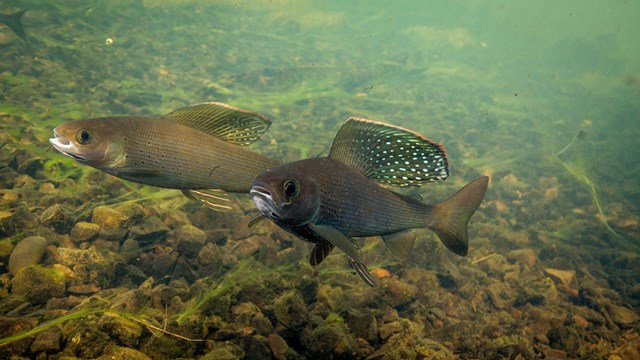
Fish of Noatak National Preserve
Learn more about the species of fish found in Noatak National Preserve. 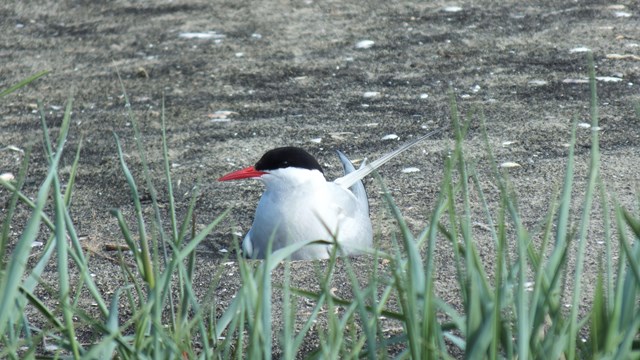
Birds of Noatak National Preserve
Learn more about the resident and migratory birds of Noatak National Preserve. 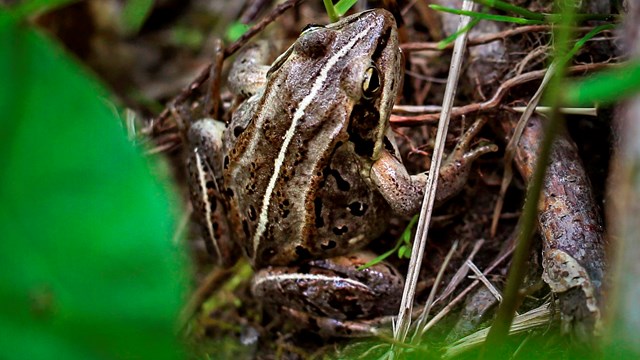
Amphibians of Noatak National Preserve
Learn about the one and only amphibian found in the Arctic! |
Last updated: September 21, 2023
